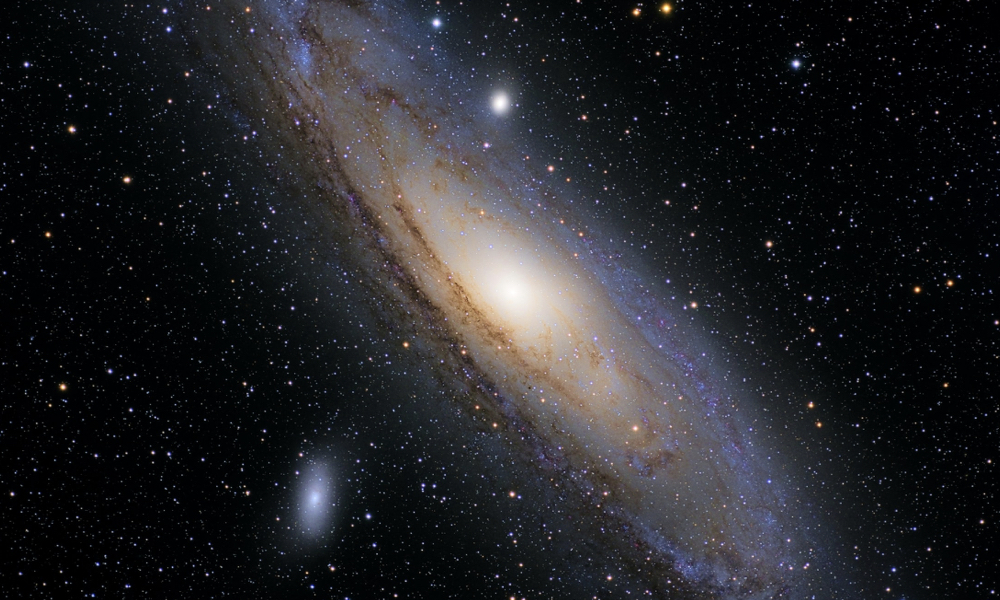
ESA Open Invitation to Tender AO9255
Open Date: 26/02/2018
Closing Date: 29/05/2018 13:00:00
Status: ISSUED
Reference Nr.: 18.117.01
Prog. Ref.: Technology Developme
Budget Ref.: E/0901-01 – Technology Developme
Special Prov.: AT+BE+CH+CZ+DE+DK+EE+ES+FI+FR+GB+GR+HU+IE+IT+LU+NL+NO+PL+PT+RO+SE+SI
Tender Type: C
Price Range: 200-500 KEURO
Products: Ground Segment / Mission Operations / Mission Control / Engineering Support (GS S/W dev. and maintenance, …)
Techology Domains: Onboard Data Systems / Payload Data Processing / System Technologies for Payload Data Processing
Establishment: ESOC
Directorate: Directorate of Operations
Department: Mission Operations Department
Division: Astronomy&Fundamental Physics Mission Di
Contract Officer: Hurtz, Anne Maria
Industrial Policy Measure: N/A – Not apply
Last Update Date: 01/03/2018
Update Reason: Loaded a new Clarification(English version)
Many astronomy missions require the capability to perform observation of Targets of Opportunity such as supernovae or gamma ray bursts, where the quality of potential science data degrades rapidly with time. The execution of these unplanned observations can be very challenging, since the target must be reached quickly after the event (even within a few hours: ATHENA,XIPE), to collect data from the undergoing transient phenomena. The quick reaction time traditionally implies an increase in the workload of the ground segment; scientist notification/evaluation, target checking at the SOC, constraint checking at MOC, timeline re-planning, preparation and uplink of TCs. This typically requires a significant array of on-call staff in shifts and associated training costs. The minimum duration of this sequence, coupled with the final on-orbit reconfiguration and slew (e.g. potential instrument switch-out, memory handling, momentum management) , are the main contributors to the ToO response time and eventually increase the operational costs of the mission.An alternative is a concept where the scientist/SOC approves a ToO, the MOC uploads only the candidate inertial coordinates, and all the required SC operations and slews are performed autonomously on-board. This concept shall include slew strategy to ToO target, potential instrument reconfiguration, memory handling, momentum management and the automated return to the planned timeline.This activity shall propose and evaluate algorithms for target vetting slew autonomy taking into account all the possible constraints both at S/C and mission level. The activity is intended to be implemented in two phases, consisting of the following main tasks:Phase 1 – Investigation of state-of-the-art autonomous slew capabilities and comparison with current practice for ToOs observation – Assessment of operational constraints: interruption of mission timeline, instrument management, field of regard bright object avoidance for instrument and/or star trackers, momentum management, actuator capabilities, communication to ground. – Identify the necessary high level architectural functionalities (On-Board SW, AOCS, FDIR) and requirements. – Development of algorithms for target vetting, spacecraft management, autonomous slew planning and execution, returning to planned timeline – Simulation and validation in MATLAB/Simulink environment. – Assess integration into the XMM (or Integral ) operational simulators identifying the best approach forinterfacing to the simulator emulators and/or simulator models. Phase 2 – Adaptation of the developed algorithms and logic for an existing astronomy mission e.g. XMM . – Implementation of the MATLAB/Simulinkof Phase 1 to be included in the XMM operational simulator at ESOC and associated simulation campaign
If you wish to access the documents related to the Invitation to Tender, you have to log in to the ESA Portal.
